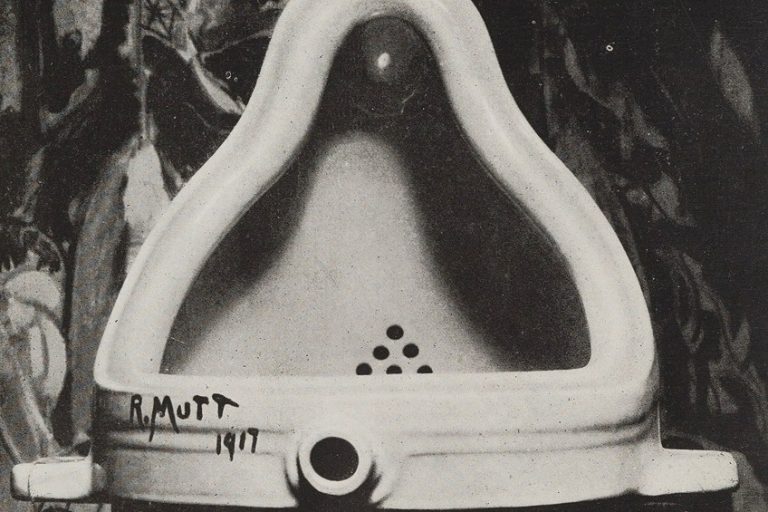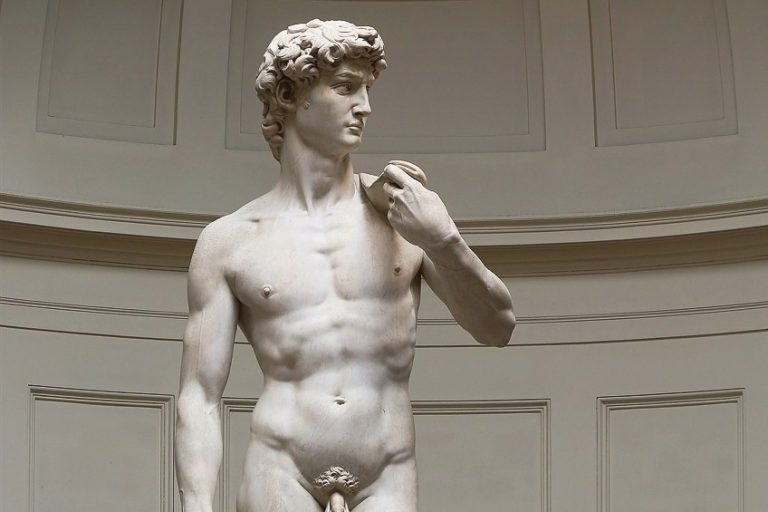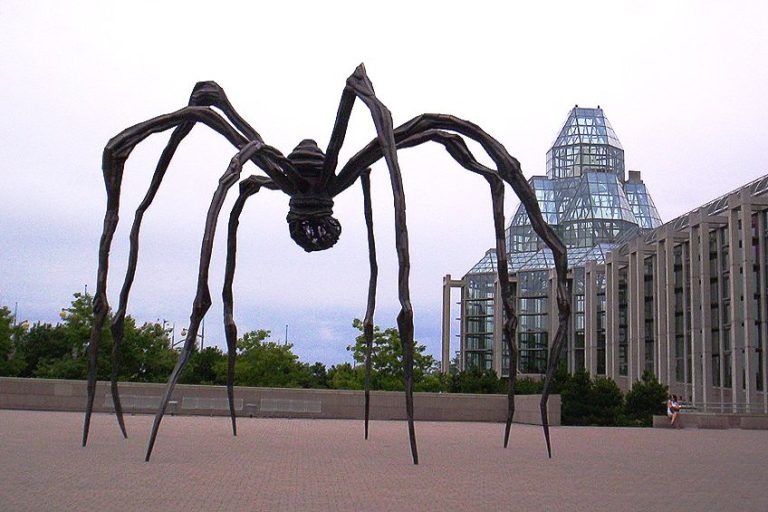“Apollo and Daphne” by Bernini – The Daphne and Apollo Statue
The Daphne and Apollo statue was commissioned by Cardinal Scipione Borghese in 1622, in the early career of Bernini. Apollo and Daphne by Bernini is a portrayal of the mythological story from Metamorphosis by Ovid. If you would like to discover the strange tale that inspired the Daphne and Apollo statue, then read further below.
Table of Contents
Apollo and Daphne (1625) by Bernini
Although retold in Ovid’s book, the story of these two characters originally came from Greek and Roman mythology. Thanks to the advances in printing technology during the Renaissance period, ancient texts and myths started to emerge and be published, and the rise in the popularity of these stories resulted in the commissioning of works that portrayed them.
The Daphne and Apollo statue was produced in the early career of Bernini, who was only 24 years old at the time.

A Brief Introduction to Gian Lorenzo Bernini
| Nationality | Italian |
| Date of Birth | 7 December 1598 |
| Date of Death | 28 November 1680 |
| Place of Birth | Naples, Italy |
Gian Lorenzo Bernini was said to be a remarkable artist from a very young age. He was apparently only eight years of age when he carved a head from stone that amazed everyone who had seen it. A few years later Pope Paul V would see his works and declare that he hoped the young boy would be the Michelangelo of his generation. This would not be far from the truth, as Bernini would change the look of Rome just as Michelangelo had done 100 years before him.
Much of Rome’s grandeur can be attributed to the works of Bernini and his students and followers, such as its fountains, churches, and monuments.
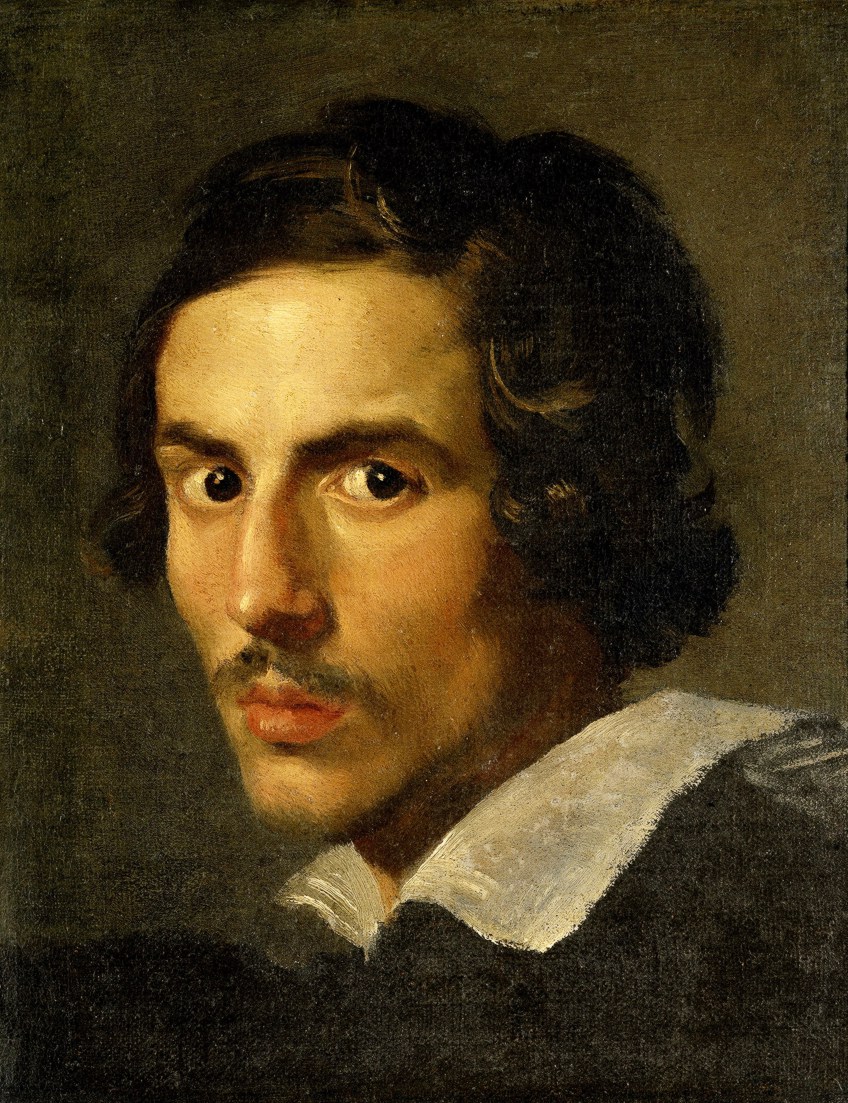
Bernini’s tireless self-discipline and organizational skills are said to be two major factors that resulted in his prolific output. He ate very little and was not a big sleeper either, once saying that if he were to count all the hours that he had spent eating and sleeping, it would not amount to more than a month in total. Having opened a workshop from a young age, he was assisted by several artists who were very talented in their own right.
He was extremely driven and could spend an average of seven hours a session working on a block of marble.

He was so adept at sculpting that friends had remarked that he could carry on full conversations with them while marking the marble with charcoal where he intended to chisel, even looking at them while carving away at the stone. He would often sculpt without the need of a model, creating works from images he could see in his mind’s eye. Bernini was not just a renowned sculptor though, and he was considered to be an intelligent individual with original ideas, and he pursued a multitude of various interests and disciplines such as architecture, playwriting, painting, as well as sculpture.
It is said that Bernini’s greatest artwork was perhaps the persona he had carved for himself, often exaggerating certain details of a story for dramatic effect.
Since he was often the only source for much of what he said, it is hard to verify everything that is currently believed about him. Some historians, for example, believe he was most likely in his teens when he sculpted his first head, and not eight, like in the story he himself had spread.
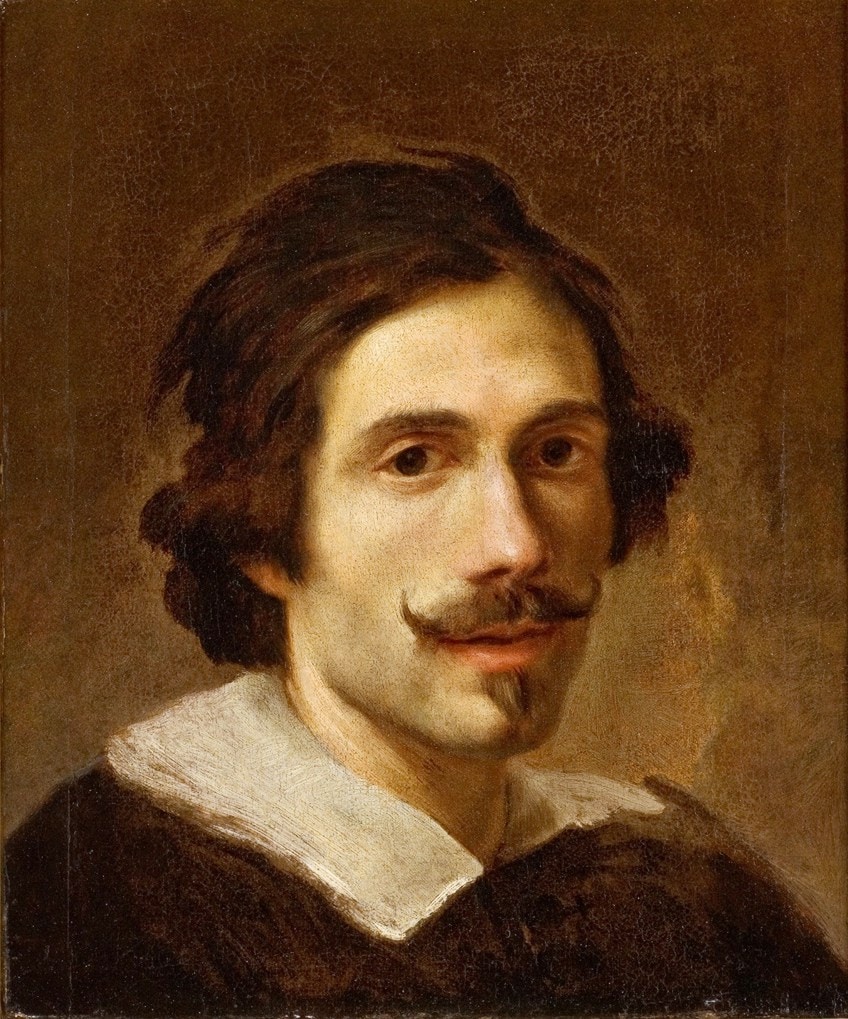
History of Apollo and Daphne by Bernini
| Artist | Gian Lorenzo Bernini |
| Date Completed | 1625 |
| Medium | Marble |
| Current Location | Galleria Borghese, Rome |
| Height (cm) | 243 |
The Daphne and Apollo statue was the final of a series of commissions from Cardinal Scipione Borghese during the early career of Bernini. The Cardinal had given the previous sculpture that Bernini produced for him to Ludovico Ludovisi, and so required another one for himself. Work on the Daphne and Apollo statue commenced in 1622, with a large portion of the work occurring over the next few years, however, it would not be until 1625 that it was completed, partly due to a break in the middle for Bernini to complete his David statue.
In September 1625, the sculpture was eventually relocated to Borghese’s villa.
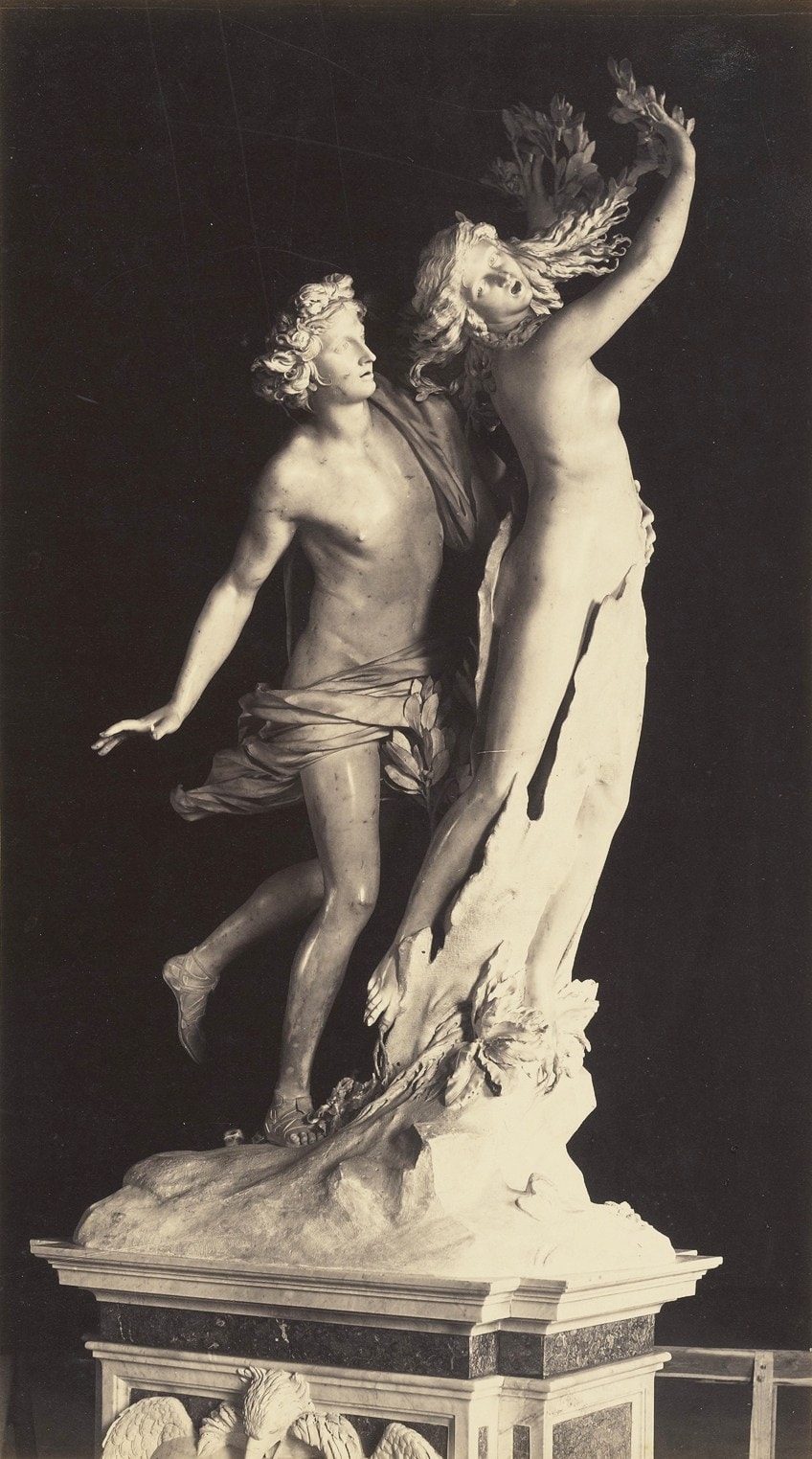
Giuliano Finelli was a member of Bernini’s workshop and was responsible for producing certain parts of the sculpture, such as Daphne’s hair which has been sculpted to appear as if blowing in the wind, as well as the leaves emerging from her fingertips as she begins to transform into a tree. Despite his contributions to the Daphne and Apollo statue, many historians have downplayed the significance of his efforts.
Upon the completion of Apollo and Daphne by Bernini, the sculpture received a positive reception from those who had the opportunity to view it in person.

Description
The statue can be viewed from many various angles, yet Bernini had designed it to be viewed from the right based on where it had been located by the doorway. When viewed from that angle, observers could see Daphne and Apollo’s reactions to the situation at the same time, allowing the viewer to understand the scenario without having to walk around it.
It would, however, later be moved to the center of the room.
The statue came with a cartouche from Pope Urban VIII, which contained a moral message about the story, thereby connecting the pagan topic to Christian ethics, without which it would be hard to explain the presence of a non-Christian artwork in the Cardinal’s home.

Mythology Behind the Daphne and Apollo Statue
The god of poetry and light, Apollo, was one day teasing Cupid about his youthfulness, saying that he was too young to be playing around with dangerous weapons like bows and arrows. This angered Cupid, who poked Apollo with the arrow to exact revenge upon him by making him fall in love with Daphne, a nymph who lived in a river nearby. The nymph was not able to love him in return though, as she had vowed to remain an unmarried virgin in service to Diana.
Frightened by the unbridled lust that she could see in the god’s eyes, Daphne sought out her father to protect her from the god’s desires. Daphne’s father then turned her into a laurel tree so that Apollo could not be intimate with her. Out of anger, Apollo took the tree home with him, stating that if Daphne could not be his wife, she would be property.
Bernini portrays the moment of her transformation – leaves sprout from her fingertips, roots extend from her toes, and bark rises from the ground, engulfing her legs and torso as she transforms into a tree.
Even though Apollo and Daphne by Bernini are motionless, certain aspects of the sculpture create a sense of motion and action, such as the positioning of their legs which suggest motion, the manner in which the cloth hangs off Apollo, the flow of Daphne’s tresses, and the positioning of her fingers. As with many of Bernini’s works, he has managed to capture the drama and intensity of the moment as it occurs in the story, using the shapes of the sculpture to create natural shadows and areas of illumination, further creating a sense of motion and tension.
His ability to express emotions through facial features and bodily motions is among the reasons he is such a renowned figure in art history.

Critical Reception
Even though Bernini’s reputation and fame began to decline considerably after his passing, the appreciation of the Daphne and Apollo statue has persisted through the centuries. IN 1839, for example, a traveler from France commented that the sculpture was astounding for both its elaborate nature and its execution, adding that he felt the arrangement of the figures to be detailed and pleasing to the eye.
A writer from the 19th century likewise heaped praise on the sculpture, saying that it was the only Bernini piece that deserved to be appreciated for years to come.
There were other observers who were not as inclined to talk positively about the work, though, arguing that it was a product of its time in taste and subject matter, and that Apollo looked less of a god and more like a young shepherd boy. Observed through a contemporary social lens, this sculpture represents a tale that many women experience daily, and that is being pursued by someone that they have no interest in, sometimes with negative consequences. Apollo and Daphne by Bernini can still be found at the Cardinal’s villa, and historians still argue over its intended meaning.

Some scholars believe it was simply a showcase of the young Bernini’s talents, and that the story offered enough drama for him to be able to place the figures in striking poses and intense facial features. Others see it as an allegorical tale meant to dissuade people from exploring their carnal desires for fear of the consequences. Some even think that the Cardinal was a hedonist and had a soft spot for paganism. No matter what his intention might have been, it has still resulted in a work that conveys physical and emotional turmoil with skill and style.
“Apollo and Daphne” by Bernini is a powerful statue with a powerful message. What message the artist was trying to express is, however, the subject of much scholarly debate, and opinions vary. Yet, without any narrative context, it is still a stunning artwork that manages to convey the emotions and intensity of the moment depicted. It portrays a man’s desire for something he cannot have, and a woman’s conviction to stay true to her purpose. This is a story that has continued to have relevance in our culture right up to the present day. It offers the opportunity to re-evaluate how far we have come through the ages by how much we can relate it to our own society.
Frequently Asked Questions
Who Created the Daphne and Apollo Statue?
The Daphne and Apollo statue was created in 1625 by Gian Lorenzo Bernini, the famous Italian sculptor. It was commissioned by Cardinal Scipione Borghese for his villa, as he had given another of Bernini’s works to a fellow Cardinal. In the 17th century, Bernini was said to have dominated the art world of Rome, thriving under the patronage of several influential and wealthy popes and cardinals. His architectural and sculptural projects reveal his unique interpretation of traditional subjects, such as this interpretation of a pagan mythological story. Bernini was known for combining media in unique ways, and for laying the path for subsequent artists with his establishment of the eloquent yet dramatic Baroque-style visual language.
What Is the Daphne and Apollo Statue About?
Bernini sourced the inspiration for his 1625 Daphne and Apollo statue from the book Metamorphosis (8 AD) by Ovid. Ovid had originally heard the story in its Greek and Roman form and in the age of printing advances, was able to share the story with others. The story of the figures featured in the statue is pagan in origin and they involve the god Apollo and the water nymph named Daphne. The story goes that the god Apollo and Cupid were engaged in playful banter when the god said to Cupid that he was too young to be playing around with such dangerous weapons. Cupid did not respond well to this comment, pocking the god with the tip of his arrow and forcing him to fall deeply in love with the river nymph. Apollo grew lustful and went down to the river to find Daphne. Daphne was a servant of Diane and had dedicated her life to her, swearing never to marry or engage in carnal activities. This did not deter Apollo who pursued the nymph anyway. Daphne was compelled to approach her father in the hopes that he would protect her. After turning her into a laurel tree, Apollo stole her away, adamant that if he could not have he for himself as a wife, then she would belong to him as an object. In this sculpture, Bernini has caught the exact moment that Daphne has begun her transformation into a tree, her arms stretched out in front of her as her fingers begin to turn into leaves.
Isabella studied at the University of Cape Town in South Africa and graduated with a Bachelor of Arts majoring in English Literature & Language and Psychology. Throughout her undergraduate years, she took Art History as an additional subject and absolutely loved it. Building on from her art history knowledge that began in high school, art has always been a particular area of fascination for her. From learning about artworks previously unknown to her, or sharpening her existing understanding of specific works, the ability to continue learning within this interesting sphere excites her greatly.
Her focal points of interest in art history encompass profiling specific artists and art movements, as it is these areas where she is able to really dig deep into the rich narrative of the art world. Additionally, she particularly enjoys exploring the different artistic styles of the 20th century, as well as the important impact that female artists have had on the development of art history.
Learn more about Isabella Meyer and the Art in Context Team.
Cite this Article
Isabella, Meyer, ““Apollo and Daphne” by Bernini – The Daphne and Apollo Statue.” Art in Context. September 8, 2022. URL: https://artincontext.org/apollo-and-daphne-by-bernini/
Meyer, I. (2022, 8 September). “Apollo and Daphne” by Bernini – The Daphne and Apollo Statue. Art in Context. https://artincontext.org/apollo-and-daphne-by-bernini/
Meyer, Isabella. ““Apollo and Daphne” by Bernini – The Daphne and Apollo Statue.” Art in Context, September 8, 2022. https://artincontext.org/apollo-and-daphne-by-bernini/.







